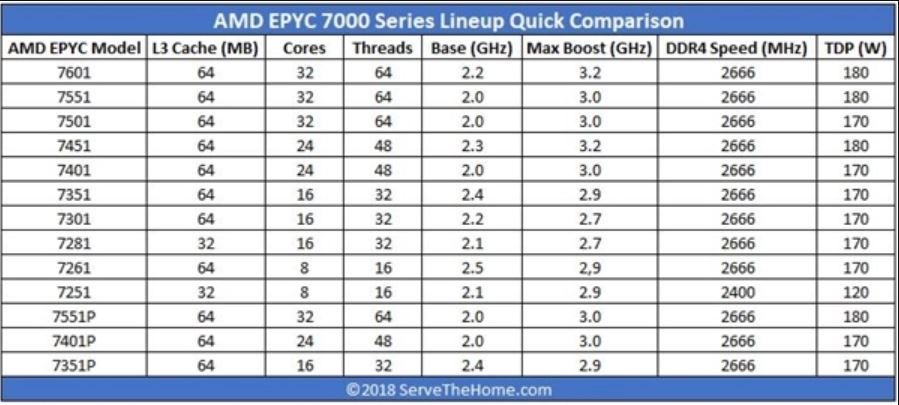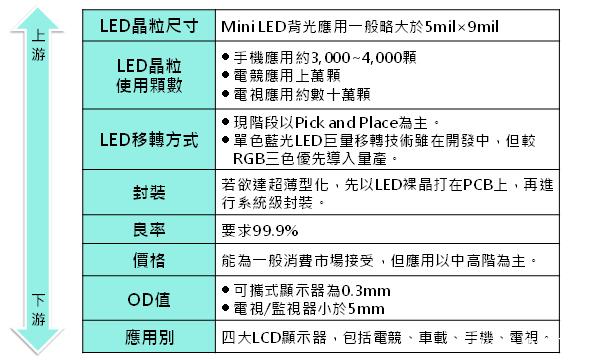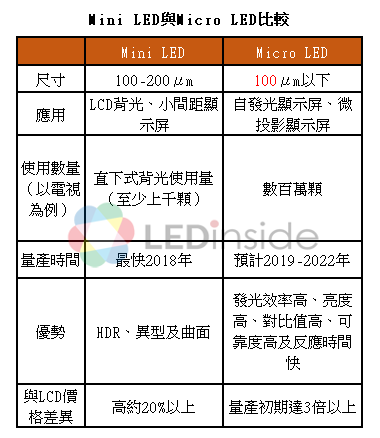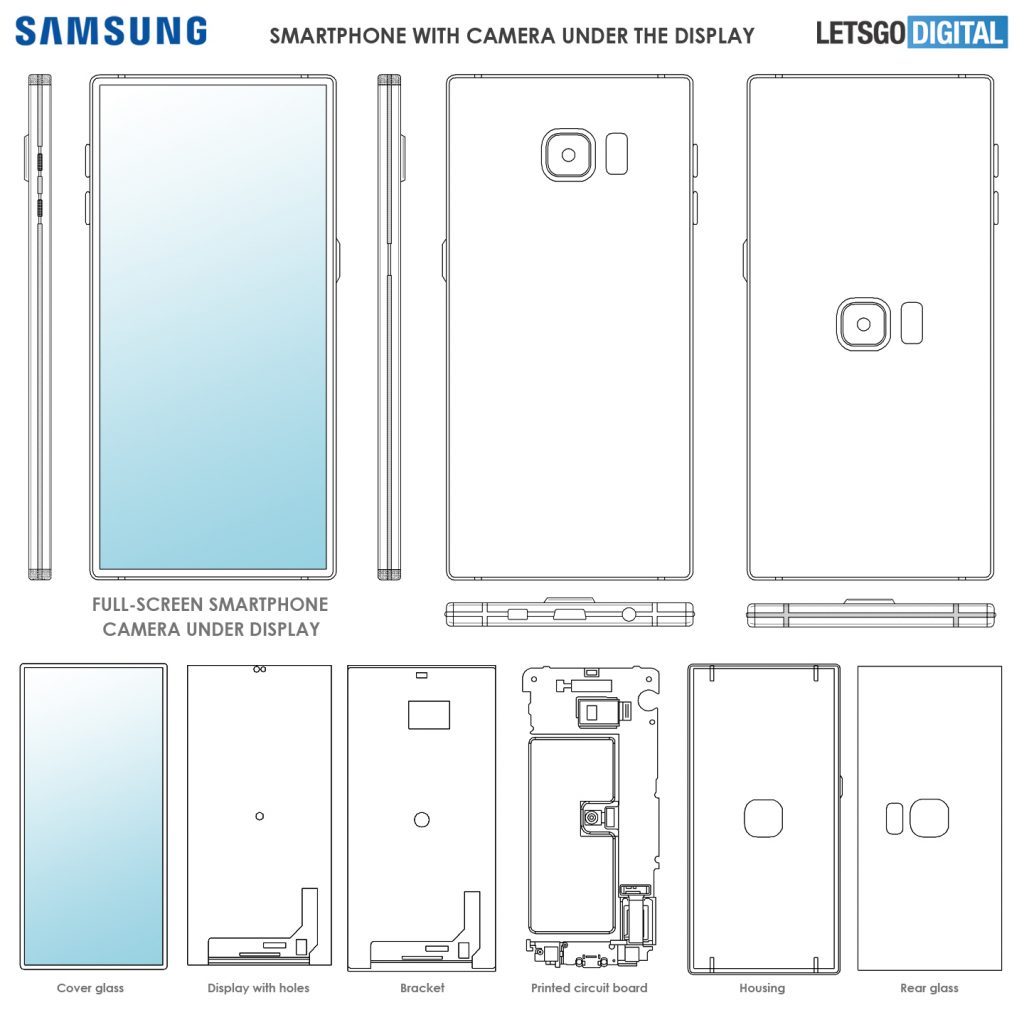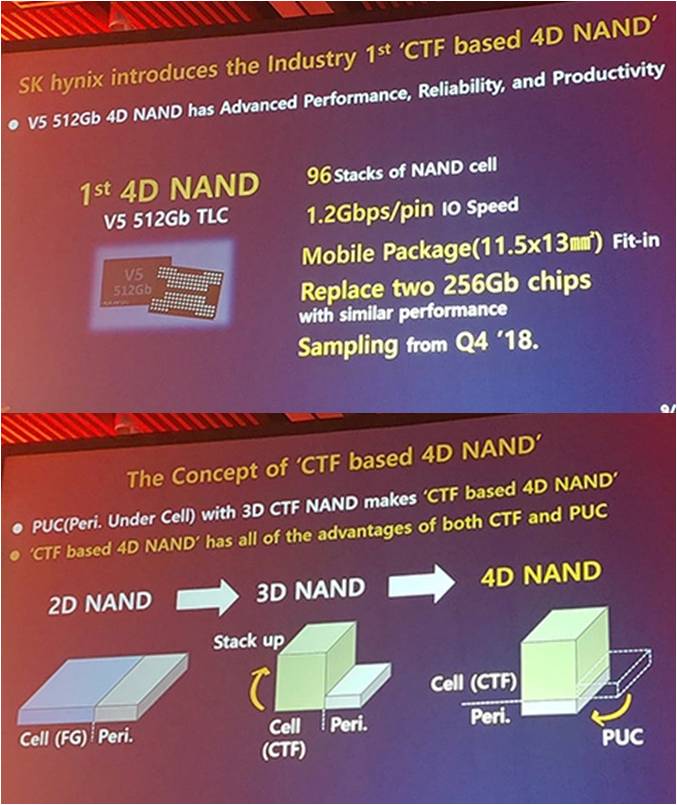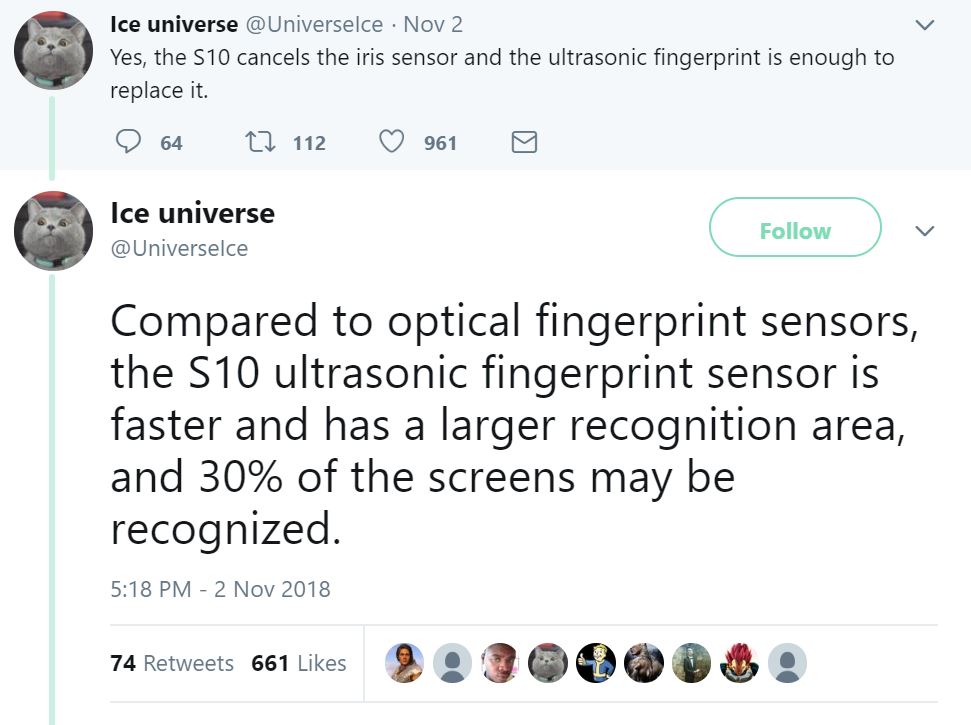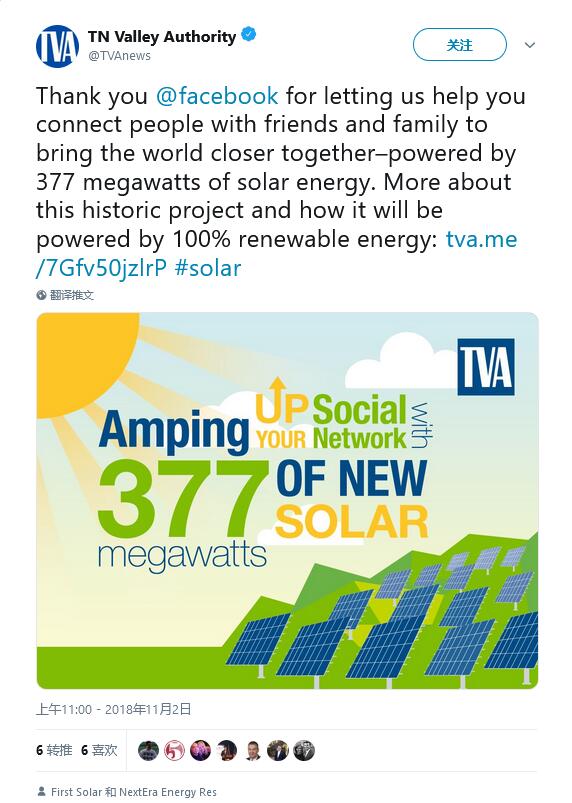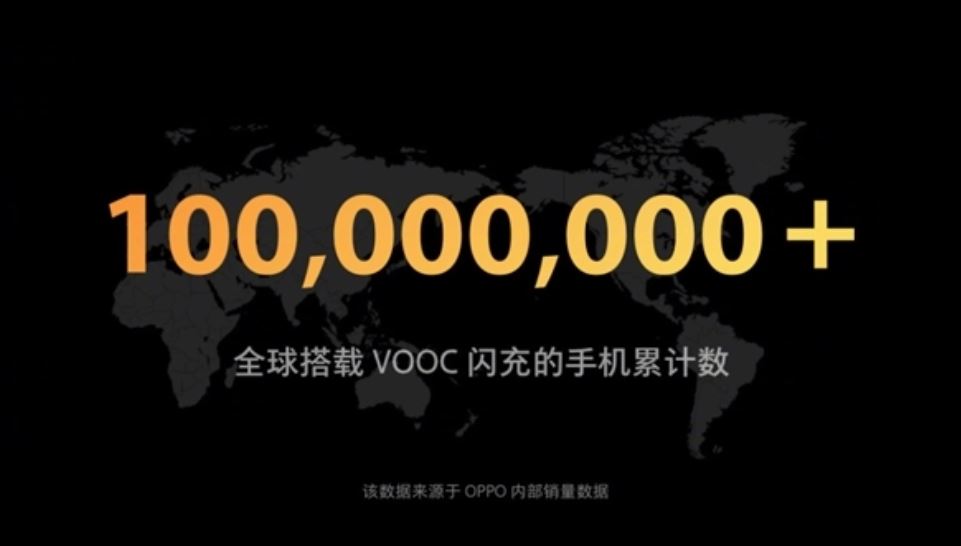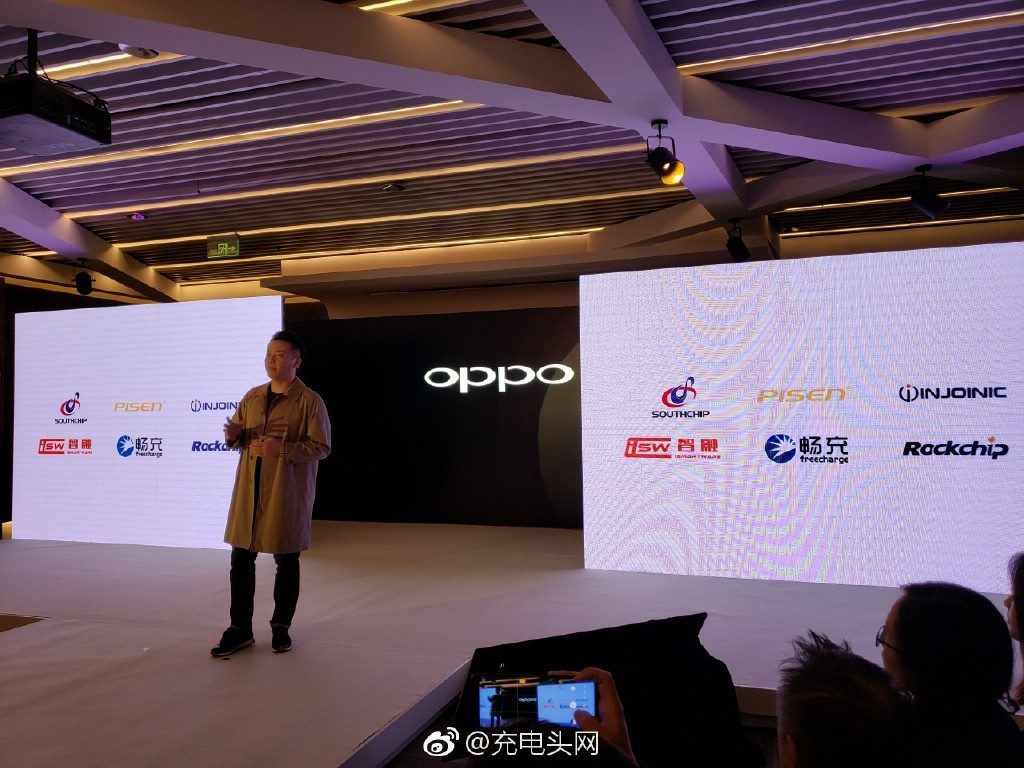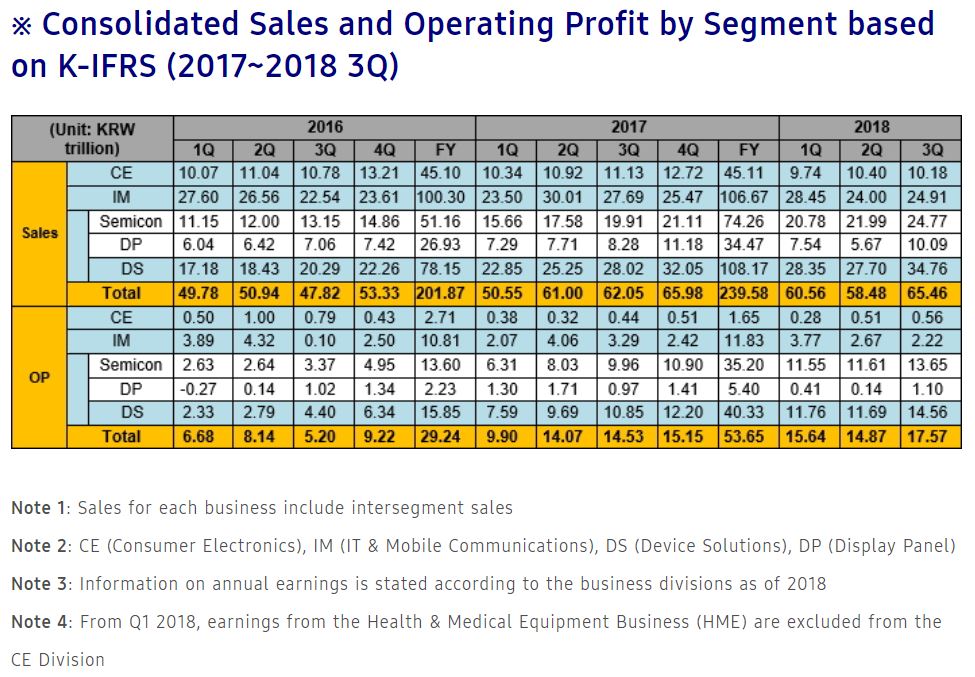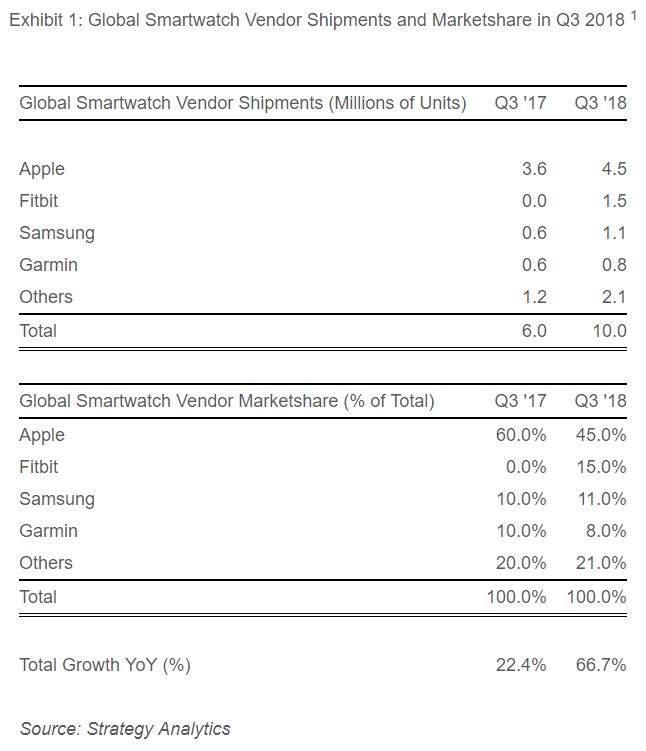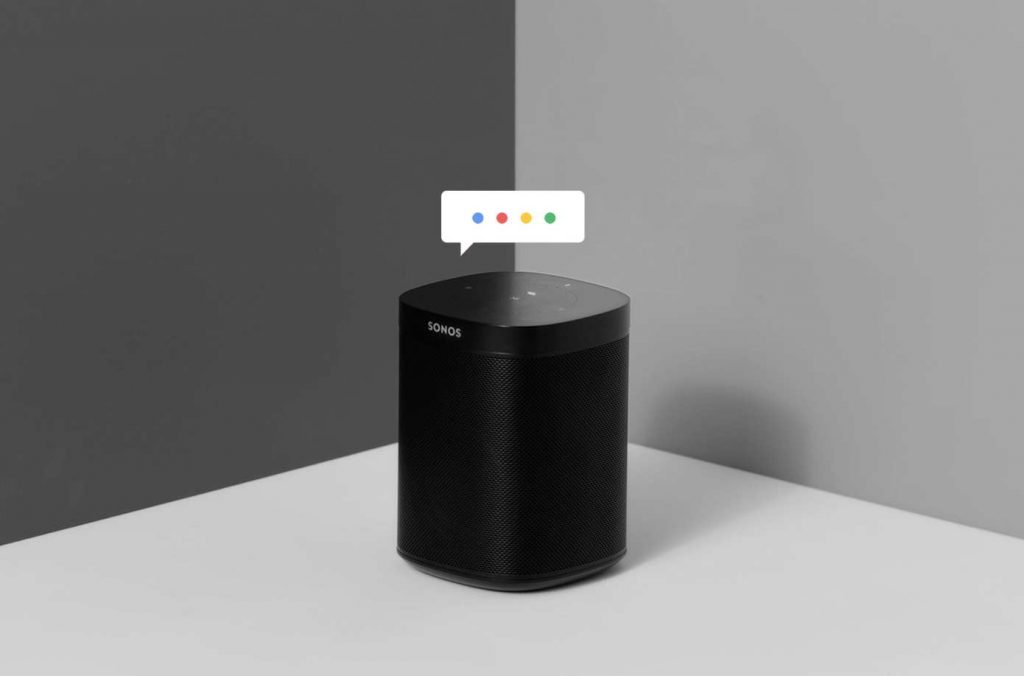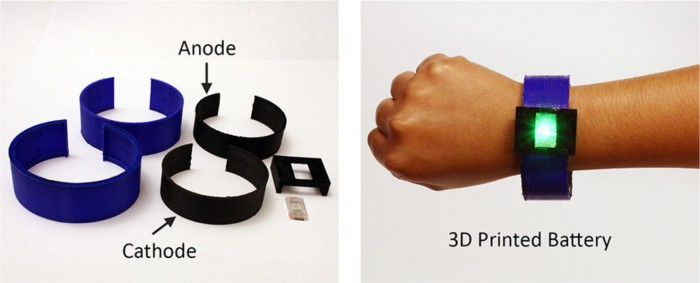
11-06: SK Hynix will start the early stage of mass production of the “4D NAND” later in 2018; Samsung Galaxy S10 reportedly would adopt Qualcomm’s third-gen ultrasonic fingerprint sensors; etc.
Chipsets
AMD has launched an addition to the EPYC line. The EPYC 7261 has just 8 cores and 16 threads. But, unlike the existing EPYC 7251, the 7261 has all 64MB of its L3 cache enabled, as well as a significantly higher base clock, a TDP of 170W instead of 120W, and support for DDR4 2666. For reference, AMD’s 8 core Ryzen desktop CPUs only have 16MB of L3, and Intel’s new i9-9800X has 16.5MB. (CN Beta, HardOCP)
Samsung Galaxy S10 is now rumoured to debut with an Exynos 9820 SoC that will include a dual-core NPU (neural processing unit) to offer an enhanced artificial intelligence (AI) experience. The new chipset is claimed to be based on 7nm process. (Phone Arena, ET News, NDTV, Sam Mobile, Kejilie)
Touch Display
When volume production of micro LED can kick off remains unclear, but mini LED used as backlight source of LCD display has already entered mass production in the 2H18 thanks to its lower cost and easier application involved, according to Digitimes Research. (GSM Arena, Digitimes, press, Baijiahao)
Industry insiders indicate that the mini LED technology is mature enough, and even enters mass production in 2018, but has not yet reached massive production. Take a standard smartphone as an example—a 5” mobile phone display contains approximately 25 LED units, while a mini LED backlight can contain 9,000~10,000 units. This will result in a better HDR effect due to finer control. (CN Beta, HQEW, OfWeek, KK News)
LG Display (LGD) CEO Sang-Beom Han has revealed that the company will begin to mass produce OLED televisions at 8K resolution starting in May 2019 alongside plans to launch the products to market as early as Jun 2018. LGD also plans to begin producing and then commercializing an LCD-based version of the panels soon after to help drive the technology into the mainstream consumer market. (CN Beta, Android Headlines, AJU Daily)
Camera
Samsung has filed a patent with in-display sensors to include antennas and a better integration of selfie-cameras. The patent describes a method for placing microphones, receivers, and sensors behind minuscule cutouts in the display panel itself, buried underneath the glass top layer. (Phone Arena, LetsGoDigital, Android Headlines, Sina)
Memory
SK Hynix has launched what the company claims is the world’s first 96-layer 512Gb CTF (charge trap flash)-based 4D NAND flash based on its TLC (triple-level cell) arrays, using 3D CTF design paired with the PUC (peri. under cell) technology. The company will start the early stage of mass production of the chips later in 2018. SK Hynix has combined its 3D CTF with PUC, which is different from the way of integrating 3D floating gate and PUC. Therefore, the company named the product “CTF-based 4D NAND flash” to distinguish it from current 3D NAND flash technologies. (CN Beta, Digitimes, press, Clean Room Technology)
Biometrics
Samsung Galaxy S10 reportedly would adopt Qualcomm’s third-gen ultrasonic fingerprint sensors. Ultrasonic fingerprint sensor modules can capture a 3D image of fingerprints, including the sweat pores and ridges. It can also cover 30% of the surface. (GSM Arena, Twitter, 91Mobiles, Huanqiu)
According to TF Securities analyst Ming-Chi Kuo, Apple’s 2019 iPhones will come equipped with an upgraded Face ID camera system. Next-generation iPhones will feature a new flood illuminator that will improve Face ID by lowering the impact of invisible light from the environment. (The Verge, Mac Rumors, Sohu, Pop Pur, ChinaZ)
Battery
The Tennessee Valley Authority announced Friday an agreement with 2 solar developers to build the largest solar installations in Tennessee and Alabama at 150 and 227 megawatts, respectively. The 377 megawatt output from these facilities is part of a historic agreement to support Facebook’s data center in Huntsville, Alabama with 100% renewable energy. (CN Beta, Data Economy, PR Newswire)
Texas State and Duke Universities in the US have shown how 3D printing and nanotubes can be used to lessen restrictions on shape and size. They have used 3D printing a prototype LED bracelet and self-darkening LCD sunglasses, each with a built-in lithium-ion power cell. The ability to 3D print lithium-ion batteries in an arbitrary geometry would not only allow the battery form factor to be customized to fit a given product design, but also facilitate the use of the battery as a structural component. (CN Beta, OfWeek, Create Digital, New Atlas, ACS)
Shen Yiren, VP of OPPO, has announced that the global volume of smartphone that support VOOC flash charging technology has exceeded 100M units. He has indicated that in 4 years from VOOC flash charging to SuperVOOC super flash charging, the ultimate pursuit of charging speed, has gradually changed the charging habits of OPPO users. (My Drivers, CN Beta)
OPPO has officially announced it is licensing VOOC flash charging technology to third-party accessories, which need to be certified by Tell Labs. The first batch of third party chip manufacturers are: Injoinic, ismartware (ISW), SouthChip, and Rockchip. (CN Beta, Sina, ZOL)
Connectivity
Asserting that it does not face any business barrier in India for 5G tests, Chinese telecom equipment maker Huawei is ready to conduct trials for the ultra speed 5G services early in 2019 along with a local partner, which could be Airtel. (CN Beta, Sina, Economic Times, My Digital FC)
Phone
Samsung Electronics has announced its quarterly financial report for 3Q18. The company posted revenue from sales reaching KRW65.46T (USD57.3B) and operating profit peaking at KRW17.57T (USD15.4B) which are improvements over the company’s record in the same period last year. (Gizmo China, Samsung, CNBC, Sina, Caixin)
Spotify has revealed that it has 87M Premium subscribers across the globe. Spotify has also revealed that it now has 191M total active monthly users. That is an increase of 28% in its total number of users. (Ubergizmo, Variety, CIT News)
Wearables
According to Strategy Analytics, global smartwatch shipments grew an impressive 67% annually to reach 10M units in 3Q18. Apple Watch maintained first position with 45% global smartwatch market share, while Fitbit jumped into second place, overtaking Samsung and Garmin. (CN Beta, Strategy Analytics, press)
Home
Sonos has announced that Google Assistant will not be available on its products until at least 2019. The service was supposed to launch in 2018 but the company said it needs a bit more time. Additional information about timing will be released in early 2019, Sonos says. (TechCrunch, Sonos, Baijiahao)
